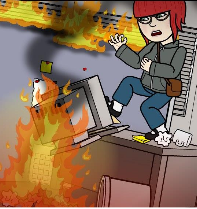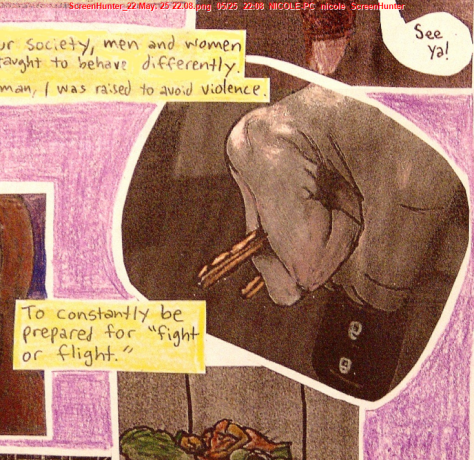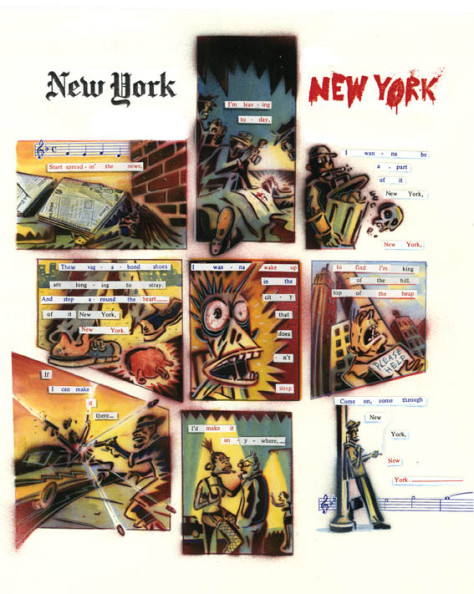Title: MARCH: Book One
Creators: John Lewis, Andrew Aykin, and Nate Powell
Published: August 2013 by Top Shelf Press
March: Book One is the first part in a trilogy graphic memoir detailing the life and times of Civil Rights activist and Congressman John Lewis.
Growing up in the United States, you’re led to believe that you learn all there is to know about the Civil Rights Movement in school. You learn about Martin Luther King and Rosa Parks and the Montgomery Bus Boycotts; you learn about the most famous American speech of the 20th Century: “I Have a Dream”.
In a recent article shared through the Zinn Education Project, historian and black activist Bill Fletcher Jr. describes the method by which certain moments and people in the Civil Rights movement have been “mythologized” and “sanitized“. And boy, has our understanding of this history been manipulated! We would be led to believe that forces of the status quo in the 1950s and 1960s–from local police departments up to the President’s office–supported non-violent forms of protest; that racism and racists were isolated to the masses of simple folk in the South.
Of course, the result of this is that students are not understanding the context of these important pieces of history. That is why I’m hopeful of a book like March making its way into classrooms… students deserve a broader view of these issues than what will be allocated to them in 2 or 3 paragraphs of a standard-issue textbook.
As John Lewis, Andrew Aydin, and Nate Powell so eloquently show us in March, this was not the case. The Civil Rights movement was a bloody, uphill battle. The struggle and its gains were not the results of a few actions by those now famous historical figures: the movement moved by way of thousands of committed activists, many of whom were students.
This is a truly beautiful comic book that paints a portrait not just of a man (John Lewis was one of the leaders of the Student Non-Violent Coordinating Committee, and is now a Congressman; he is also the last living person to have given a speech alongside Martin Luther King on Aug 28, 1963). It paints a vivid portrait of a movement that you think you know, but maybe, possibly, probably don’t. Why was non-violent civil disobedience so radical at the time? Why were there rifts between the younger activists and the older black leadership–figures like Thurgood Marshall? How was the Civil Rights movement connected to religious groups? To the labor movement?
Nate Powell has a way of making every picture personable–crisp, yet dreamy, with solid black ink brush strokes complimented by dabbles of watercolor staining. And Andrew Aydin, who works on Congressman John Lewis’ staff, has obviously been instrumental in taking the vast treasure trove of information that is John Lewis’ life experience, and organizing it into an epic memoir. I particularly like the stories that attest to his core character, like growing up on an old sharecropper farm, wanting to be a preacher and practicing his talks on his chickens. These are wonderful stories that bring out the humanity behind the political battles.
These are the stories from the Civil Rights Movement that, I believe, reclaim the history and restore its heart and soul. You can’t learn about a protest movement from a government-sanctioned textbook.. they’ll make you think the whole thing was their idea. And although Congressman Lewis is now a part of that system, well… how he got there will be explained in the next two books of the trilogy.
I’m excited about what I’ve seen so far–this is an often raw, ugly–yet true history of the Civil Rights Movement in the United States. To get a glimpse of this, I’ve asked the kind folks at Top Shelf to show you the first five pages of March. I hope you see what I mean–and be sure to pick up a copy when you get the chance!



























